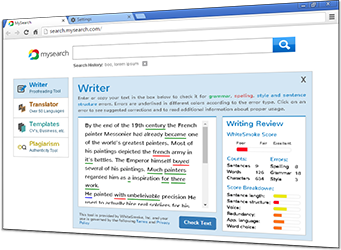Proper Parallel Structure
Parallel structure occurs when a sentence contains a list of words, phrases, or clauses, usually connected by coordinating conjunctions (and, or, etc.).
When a sentence contains a list of items, each item should be of the same type and the same form.
Words, Phrases, and Clauses
Do not mix words with phrases, or phrases with clauses, in a parallel structure.
- Remember to bring your tent, sleeping bag, and get some marshmallows.
- There are several ways this can be fixed.This is not proper parallel structure. Tent and sleeping bag are nouns, but get some marshmallows is a clause.
- Remember to bring your tent, your sleeping bag, and some marshmallows. (Each element in the list is a phrase consisting of an adjective followed by a noun)
- Remember to bring your tent, bring your sleeping bag, and get some marshmallows. (Each element in the list is a clause with a verb and an object)
- Remember to bring your tent and sleeping bag, and get some marshmallows. (Each element in the list is a clause. The first clause actually contains its own simple parallel structure.)
Matching Forms
Every element in a list should have the same form. If one element is a verb ending in "ing," every element should be a verb ending in "ing." If one clause is in the active voice, there should not be any clauses in the passive voice.
- I like running, climbing, and to swim. (Poor parallel structure)
- I like running, climbing, and swimming. (Good parallel structure-all three verbs are gerunds)
- I like to run, climb, and swim. (Good parallel structure-all three verbs are infinitives)
If you win the race, people will cheer, fans will ask for autographs, and pictures will be taken by reporters. (Poor parallel structure. The first two clauses are in the active voice, but the third clause is in the passive voice.)- If you win the race, people will cheer, fans will ask for autographs, and reporters will take pictures. (Good parallel structure. Every clause is in the active voice.)



